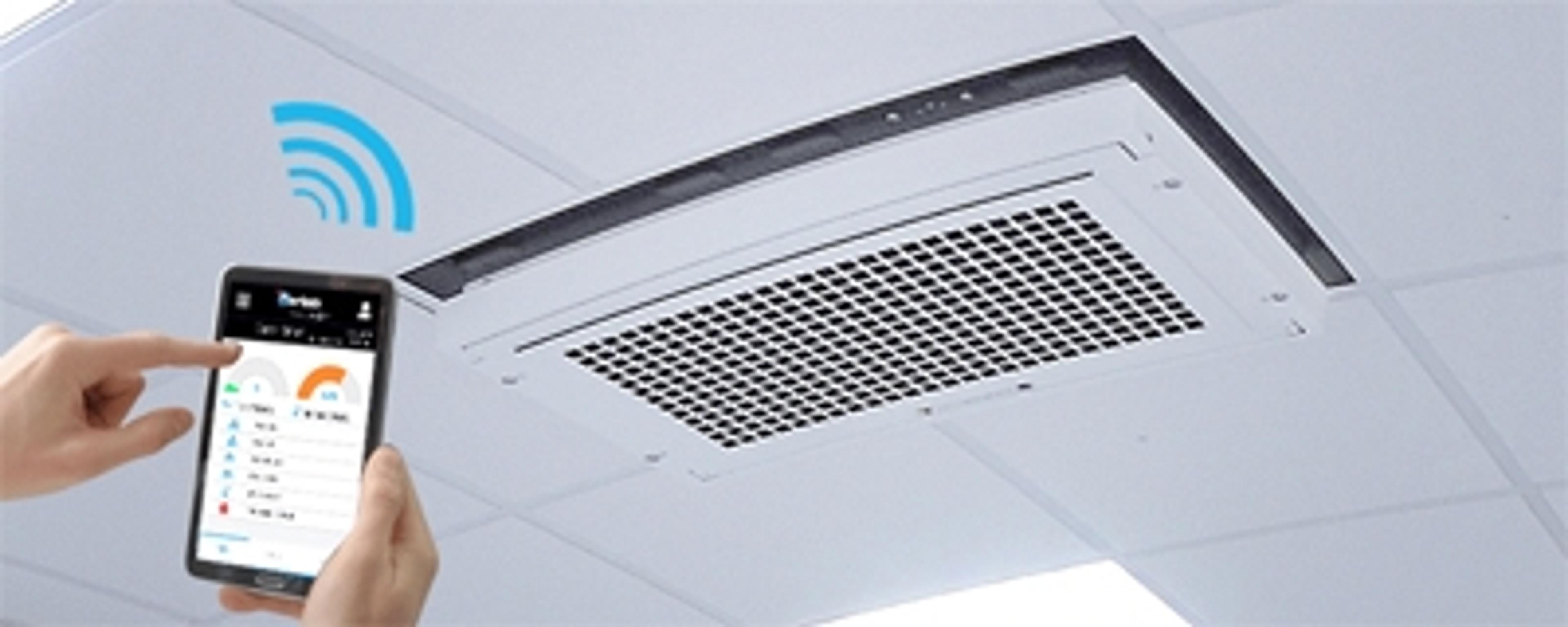The science of molecular air filtration: A granular approach to clean air solutions
Watch this on-demand webinar to gain insights into how to improve the safety of your lab with air filtration technologies
8 Jun 2022

Continuous exposure to chemical emissions is known to impact our short- and long-term health significantly. Air filtration technology can work together with current engineered controlled systems to enhance safety within the lab and help limit harmful exposure.
In this SelectScience webinar, now available on demand, Jesse Coiro, Director of Health and Healthcare at Erlab, discusses the advantages and capabilities of molecular air filtration, where this type of filtration can be used in the lab, and when you should stay clear of such technologies. Coiro also provides clarity on the safety standards such technologies must comply with and the questions to ask any supplier when considering such solutions.
Watch on demandRead on for highlights from the live Q&A session or register to watch the webinar at a time that suits you.
What is your filter retention capacity for formaldehyde?
JC: For formaldehyde, it depends on the usage, but typically, it's about 12 months. The American Conference of Governmental Industrial Hygienists (ACGIH) standard allows only 0.75 ppm. Therefore, we must be very careful with formaldehyde capture. On average, depending upon the use and the overall evaporation and volume of formaldehyde the lab is using, it's about 12 months with our filters.
In terms of the overall molecular grams the filter can handle, per filter, we can handle about 215 molecular grams of formaldehyde. If we went with a six-foot fume hood that would be stacked with four primary filters and four secondary filters this would be able to retain well over 800 molecular grams of formaldehyde within our primary level of filtration before we've seen release greater than that 1% of the threshold limit value, which is 0.75 ppm.
You indicated 24 to 28 months of use time for your filters. On what daily activities is this based?
JC: When we look at, for instance, organic chemistry labs, we're typically achieving 48-month or 60-month life cycles of our filter. In synthesis labs, we typically achieve about a 24-month lifecycle. Standard histology and pathology labs, again, another 24 to 48 months, depending upon the usage and handling. We do have some customers that only achieve about a six-month filter lifecycle but again it depends upon the handling and the frequency that it's used. If a lab is heating chemicals to their boiling point regularly, more fumes will be released, and this may affect the use time of the filter. But on average, it's about 24 months across the board. It's important to note that's just the primary level of filtration. When you replace the filter, if you have two columns of molecular filtration, you're only replacing the primary. So, after 24 months, that primary gets disposed of, the secondary rotates down to become the primary, and the new filter will become the secondary. So, you're not replacing all levels of filtration at one time.
Do your fume hoods also meet AFNOR and ANSI Z9.5 standards?
JC: The Association French Normalization Organization Regulation (AFNOR) standard, is the most critical standard we must adhere to when it comes to filtration. ANSI Z9.5 points to AFNOR as a reference, and we also adhere to ASHRAE 110 for containment.
To learn more about how air filtration can protect your lab from chemical exposure, Watch the full webinar here>>
SelectScience runs 10+ webinars a month across various scientific topics, discover more of our upcoming webinars>>

